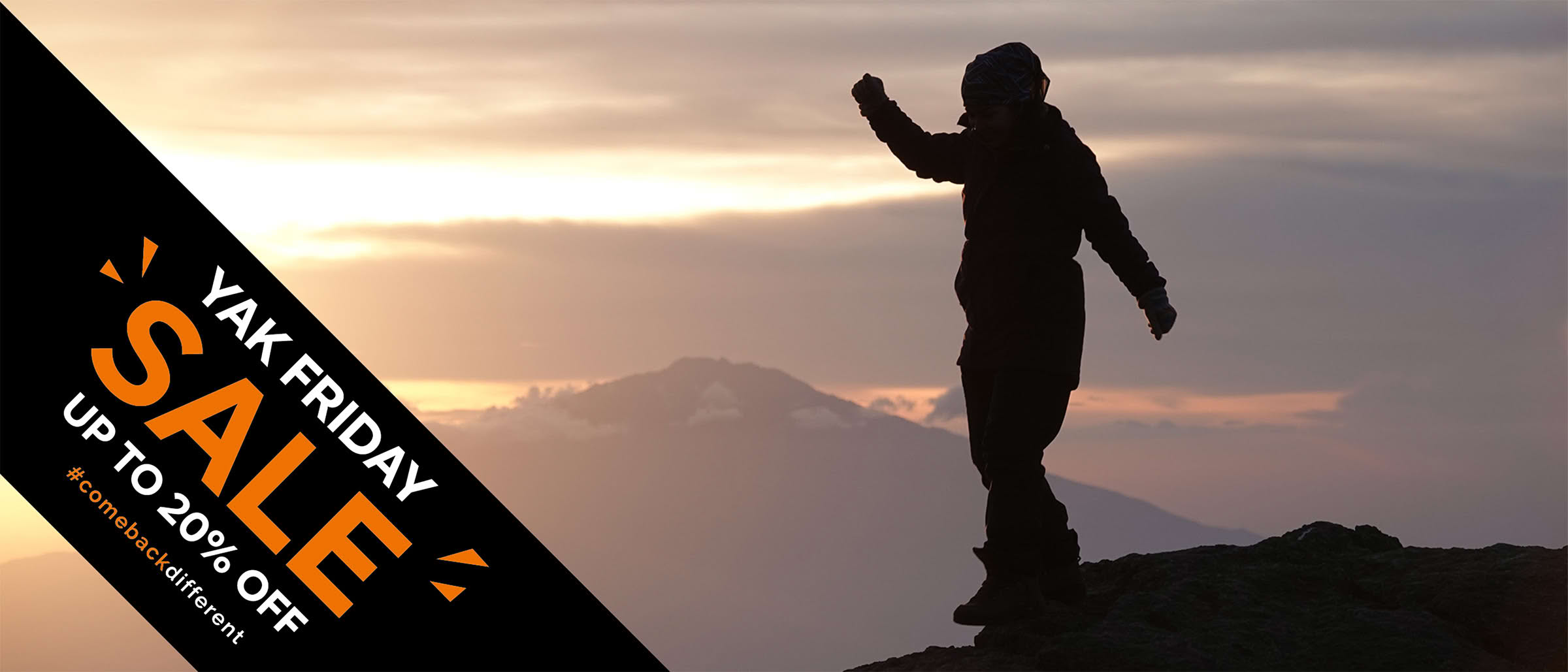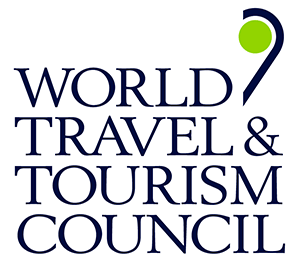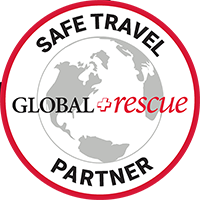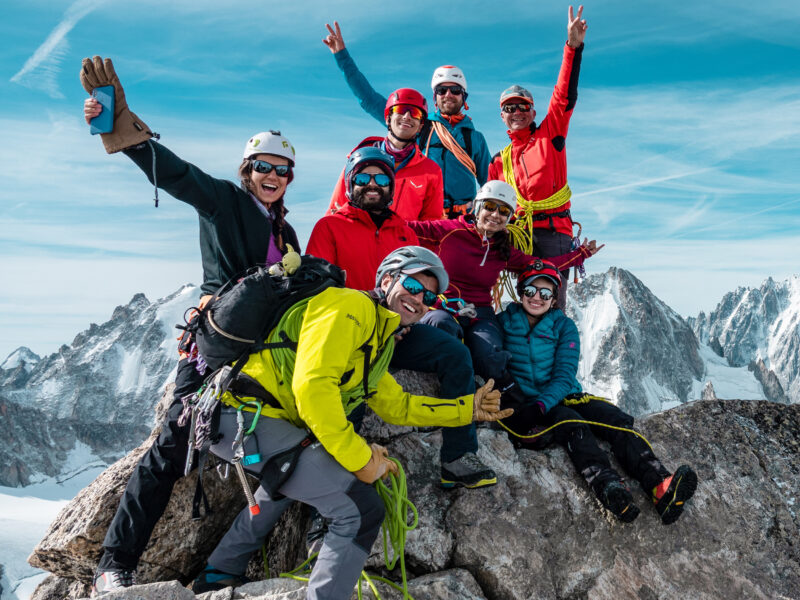BY Rami Rasamny | May 06 2025
Advice for Planning and Hiking the Tour du Mont Blanc
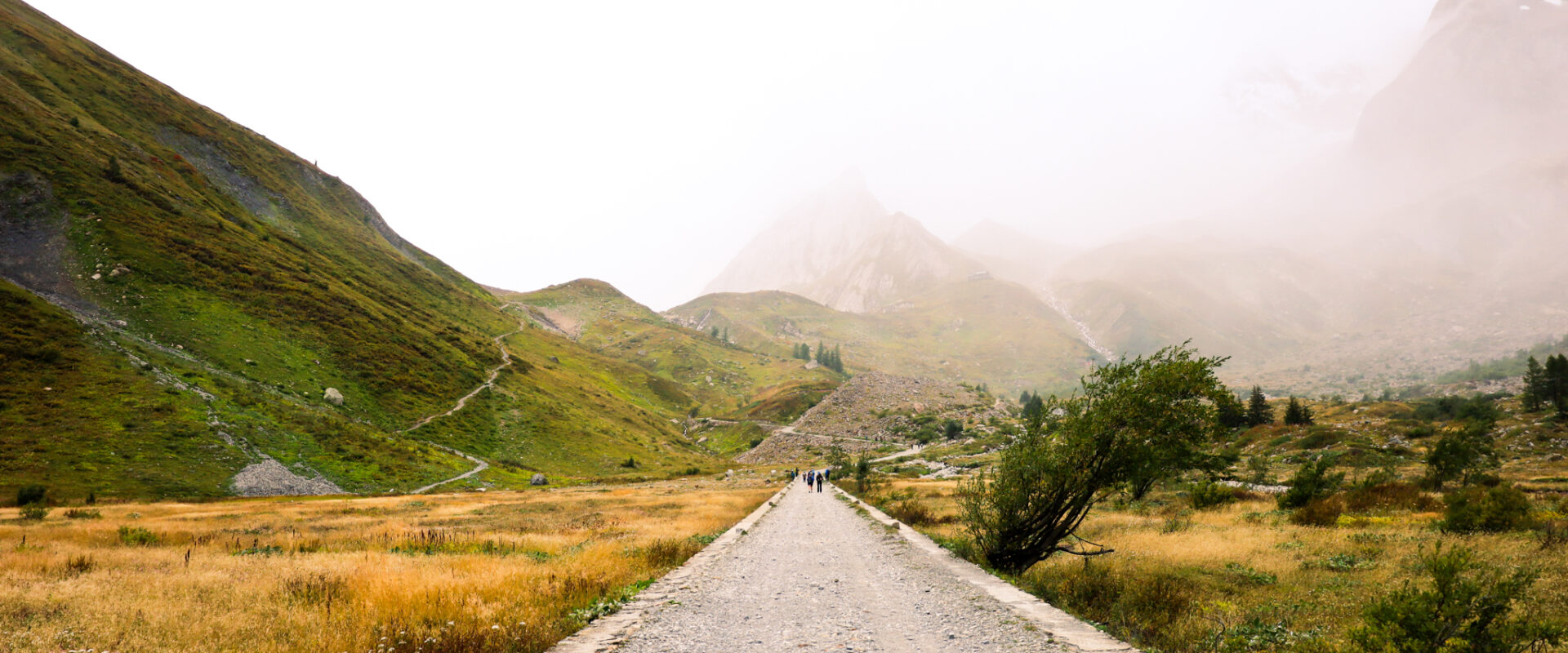
The Tour du Mont Blanc—or TMB for short—is one of the most spectacular long-distance trails in the world. Stretching across France, Italy, and Switzerland, this 170-kilometre Mont Blanc circuit is more than a hike—it’s a journey into the heart of the Alps. Whether you’re doing it all at once or tackling a section at a time, the right planning transforms this trail from a simple trek into a life-changing experience.
Here’s our best advice to help you plan, walk, and fully experience the TMB trail—and come back different.
Clockwise or Anti-Clockwise?
Most people walk the Tour du Mont Blanc trail anti-clockwise, beginning in Les Houches and finishing in Chamonix. It’s the classic direction, designed to build gradually toward the more dramatic landscapes and high passes. But going clockwise is an excellent way to dodge the crowds—just be prepared for steeper ascents early on.
If this is your first TMB hike, we recommend going anti-clockwise for a more natural rhythm. If you’re after a quieter path and a different perspective, clockwise is worth considering.
Camping, Huts, or Hotels?
The TMB is one of the rare long-distance trails where you can choose your level of comfort.
- Camping gives you flexibility and solitude but requires more gear and planning—especially since wild camping is restricted in certain areas.
- Refuges (mountain huts) offer warm meals, community, and a roof over your head at the end of each day. They’re a staple of the Tour du Mont Blanc hike, but they book up fast in summer.
- Hotels and guesthouses offer a little more luxury and recovery for those who want to hike hard by day and sleep well by night.
Carrying Your Own Gear vs Using a Shuttle Service
One of the defining choices when planning your Mont Blanc hike is whether to carry your gear or use a luggage transfer service.
Carrying your own pack gives you full independence and adds a deeper sense of accomplishment. But if you want to enjoy the walking without the weight, plenty of local services will move your bags between accommodations for you.
Must-See Highlights if Skipping Sections
Even if you’re not doing the full TMB trail, don’t miss these iconic sections:
- Lac Blanc – A postcard-perfect alpine lake with panoramic views of the Mont Blanc massif.
- Col de la Seigne – A dramatic mountain pass marking the border into Italy, with glacier views and high-alpine energy.
- Val Veny – One of the most untamed valleys on the Tour du Mont Blanc, rugged and unforgettable.
- Val Ferret – Sweeping alpine pastures surrounded by towering peaks.
- Champex-Lac – A peaceful Swiss lakeside village, great for a restorative overnight stop.
- Bovine Route – Forested trails and scenic vistas above the Rhône Valley.
- Refuge de la Croix du Bonhomme – A remote refuge perched in the clouds, offering breathtaking sunrise views.
Planning Food and Water on the Trail
Good food planning is critical on the Mont Blanc circuit.
- Packed lunches are available from most accommodations but must be arranged the night before. They’re usually generous and perfect for long trekking days.
- In some areas, you’ll pass through villages where you can stock up at bakeries or small markets. Plan your resupply points ahead of time—especially if you have dietary requirements.
- Water is generally available in huts and public fountains, but there are stretches where natural sources may be scarce or require treatment. Carry enough and bring purification tablets or a filter as backup.
What About Toilets?
You’ll find toilets at most huts and restaurants, but between those, you’ll be in the wild. Bring biodegradable toilet paper, a small trowel, and follow Leave No Trace principles. Respect the trail, nature, and those walking behind you.
Watch the Weather—Especially Over Passes
Alpine weather is notoriously unpredictable, particularly on the Tour du Mont Blanc hike. A sunny morning can quickly turn stormy, especially in the summer when lightning is a real threat.
Pay close attention to the forecast on pass days. These are your most exposed moments. Start early and aim to be off the ridge before midday if storms are in the forecast. Use apps like MeteoSwiss, Yr.no, or Windy—and always ask at refuges for local insight.
Final Thoughts
The TMB hike is a rare blend of challenge, beauty, and culture. From rustic huts to postcard villages, from remote cols to alpine meadows—it offers something for every kind of trekker. Whether you’re walking for the physical challenge, the stillness, or the stories you’ll collect along the way, this is not just a Mont Blanc hike—it’s a reset.
Plan wisely. Hike mindfully. Come back different.
About The Author
Rami Rasamny is the founder of Life Happens Outdoors, a premium adventure travel community dedicated to transforming lives through curated outdoor experiences. A mountaineer and entrepreneur, Rami has led teams on some of the world’s most challenging peaks, from the Alps to the Himalayas. His mission is to make adventure accessible, transformative, and safe for all who seek to push their limits and Come Back Different.
About Life Happens Outdoors
At Life Happens Outdoors, we believe in the power of nature to transform lives. As proud members of the Adventure Travel Trade Association (ATTA) and the World Travel & Tourism Council (WTTC), our team of certified guides and outdoor professionals is committed to the highest standards of safety, sustainability, and excellence.
Discover more about our story and mission on our Meet LHO page, or explore our curated adventures such as the Tour du Mont Blanc Trek, the Climb of Kilimanjaro, and Chasing the Northern Lights.









